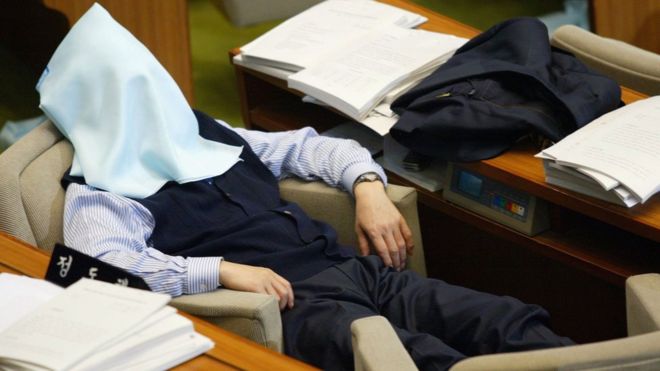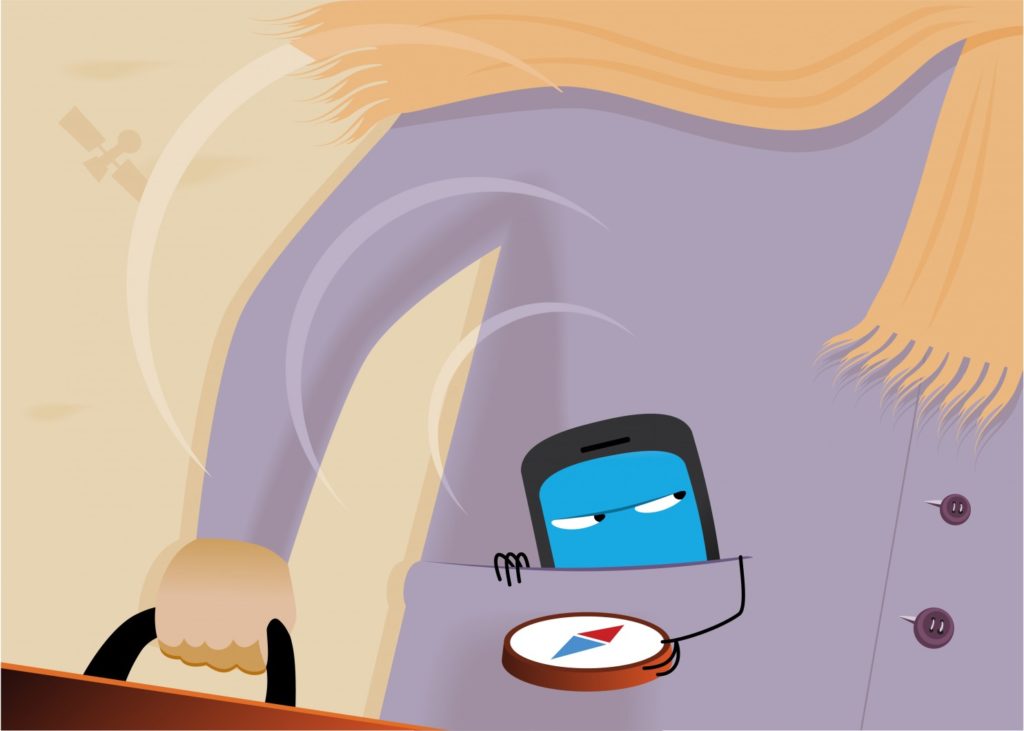B1 – Intermediate
If you find yourself saying that you love your job but that it’s killing you, or that your social life is dead, then you’re probably in a toxic workplace. You might want to re-examine what is really going on at work, and why you are having these feelings towards your employment.
Read the article below to know what a toxic workplace looks like and how you can deal with stressful situations at the office.
According to a recent article, Amazon’s work environment is toxic. To start, employees complain about pressure, stress, and job insecurity. They work past midnight, receive complaints if too slow to respond to emails, argue during meetings, and betray colleagues.
More than one hundred former employees gave information for the article. They told stories about grown men crying after meetings. And each month, the employees with the lowest performance ratings are fired.
The result is an extremely competitive environment. It has been called “rank and yank,” which means employees are ranked and the least productive members are fired. Such a system creates distrust, and goes against all of the ideas of good management practices. After all, if colleagues are likely to stab you in the back, no one values teamwork or knowledge sharing.
Jeff Bezos, the CEO of Amazon, quickly responded to the article. He explained that the environment at his company is friendly but intense. People work hard, and he couldn’t recognize the toxic environment in the article. In fact, it would be hard for any tech company to survive with these kinds of policies. He wrapped up his response by stating that these management practices are untrue and unacceptable.
Source: headsupenglish.com
Discussion Questions:
1. Do you think the negative article about Amazon is true?
2. If the article were true, why would anyone want to work in such an environment?
3. Would you want to work at a company like Amazon? Why/not?
4. What is the best place you have ever worked at? How about the worst place? Why?
5. What are some ideas and practices to maximize employee productivity?

